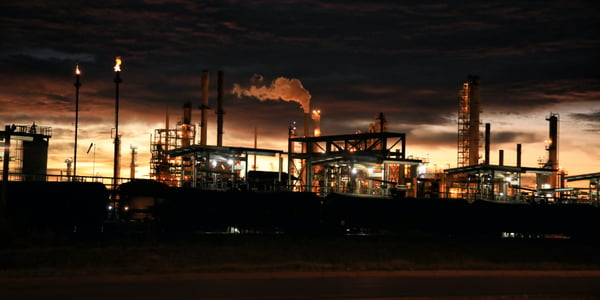
CBAM Omnibus Simplifications End: Are You Ready for 2026?
What is the EU Omnibus Simplification Package for CBAM? On November 8, 2024, EU leaders adopted the…
News & Insights from around CFP


What is the EU Omnibus Simplification Package for CBAM? On November 8, 2024, EU leaders adopted the…

The CBAM reporting phase is almost over...

The inclusion of hydrogen in the Carbon Border Adjustment Mechanism (CBAM) marks a decisive step in…

On Wednesday 12th June, the UK government released the UK ETS verified emissions data for the 2024…

CBAM Explained: What is CBAM (the Carbon Border Adjustment Mechanism)? The Carbon Border Adjustment…

Aluminium production is extremely energy-intensive, consuming around 15 MWh of electricity per tonne.…

Cement is among the most difficult industries to decarbonise because nearly 60 % of its CO₂ emissions…

The EU’s Carbon Border Adjustment Mechanism (CBAM) is reshaping how carbon-intensive goods are traded…

The EU's Carbon Border Adjustment Mechanism is now entering its final stage.

Fertiliser production, particularly ammonia and urea, is one of the most carbon-intensive industrial…
-1.png?width=600&name=Untitled%20design%20(8)-1.png)
The inclusion of steel in the Carbon Border Adjustment Mechanism (CBAM) is both urgent and fraught with…

Electricity is unique in that its carbon intensity depends entirely on the generation mix.